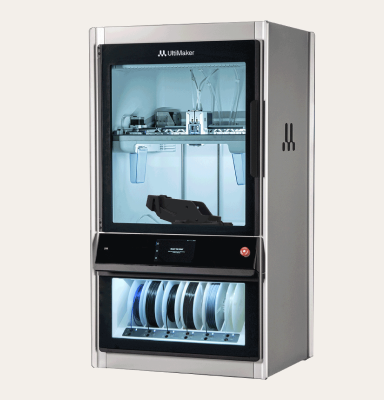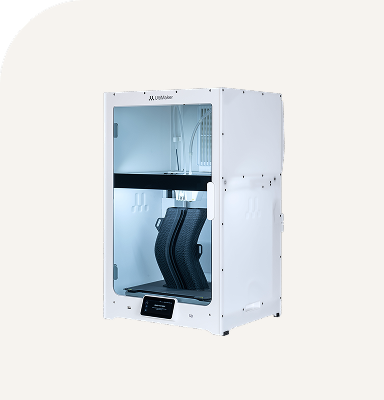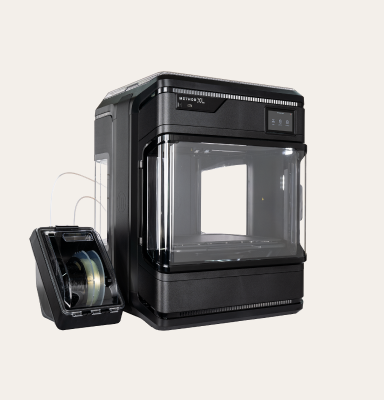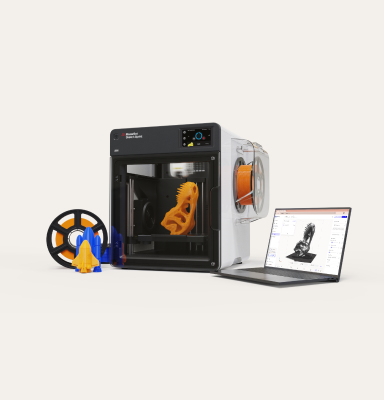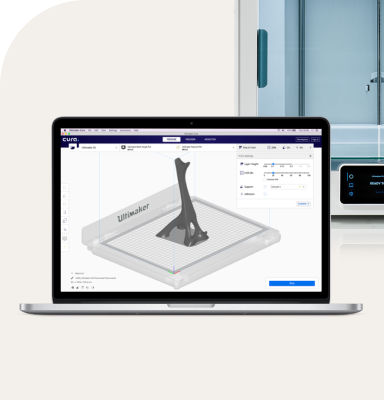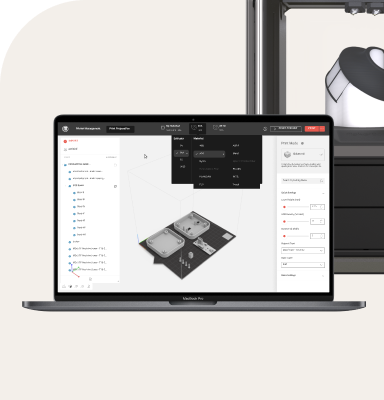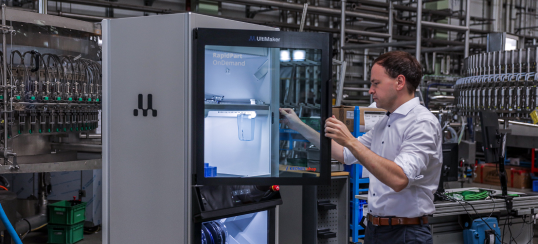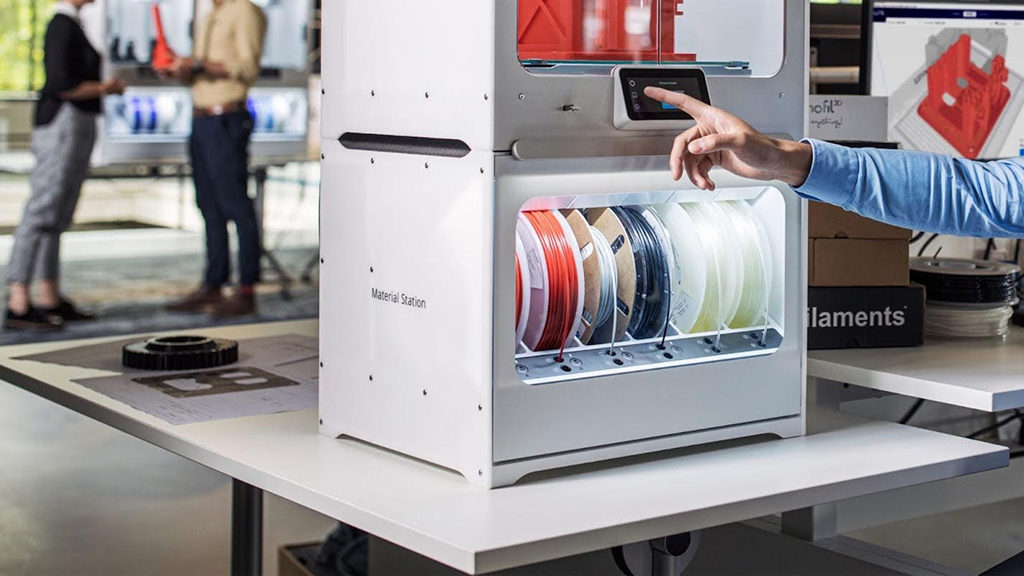Storing UltiMaker filament for optimal performance
For those using UltiMaker materials, following the manufacturer’s storage guidelines is essential to maintain quality. Improperly stored filament can become brittle, absorb moisture, or lose mechanical properties.
Optimal storage conditions
- Store filaments in re-sealable bags with silica gel desiccant.
- Keep filaments out of direct sunlight.
- Maintain a dry and cool storage location between -20°C to +30°C for most UltiMaker filaments. ABS should be stored between 15°C and 25°C, while PVA requires a humidity-controlled environment between 10°C and 30°C, with relative humidity below 50%.
Shelf life and moisture sensitivity
Moisture-sensitive materials like PVA
, Nylon, Nylon CF Slide, and TPU 95A have a recommended shelf life of one year under proper storage conditions. More chemically inert materials like PP and PC can last up to two years before degradation.
Filaments that have absorbed moisture may exhibit popping sounds during printing, visible defects, or texture changes. Transparent Nylon may turn milky, black Nylon may lose gloss, and moisture-affected PVA may feel soft and sticky.
Using the UltiMaker material station
For UltiMaker S8 Pro Bundle users, the Material Station provides a humidity-controlled storage chamber, keeping filaments at an optimal moisture level when the door remains closed. However, it does not actively remove moisture from filament.
Drying moisture-affected filaments
For filaments that have already absorbed excess moisture,drying is necessary to restore usability. Each filament type requires specific drying temperatures and durations to prevent damage. For precise drying recommendations, refer to UltiMaker’s official drying guide.
Filament storage ideas for different setups
Depending on your workspace, here are various storage solutions:
- Open shelf storage: Convenient for low-humidity environments, using vertical spool holders or wall-mounted racks.
- Airtight containers: Ideal for moisture-sensitive filaments, using plastic cereal containers, storage tubs, or vacuum-sealed bags.
- Filament storage boxes: Purpose-built dry boxes with built-in desiccants and hygrometers for optimal moisture control.
- DIY dry box setups: Budget-friendly solutions using large plastic totes, weather stripping, and silica gel packs.
- Climate-controlled cabinets: Best for large-scale storage, modified wine coolers or dedicated filament cabinets.
- Vacuum sealing for long-term storage: Great for rarely used filaments, vacuum-sealed bags with desiccants prevent moisture absorption.

